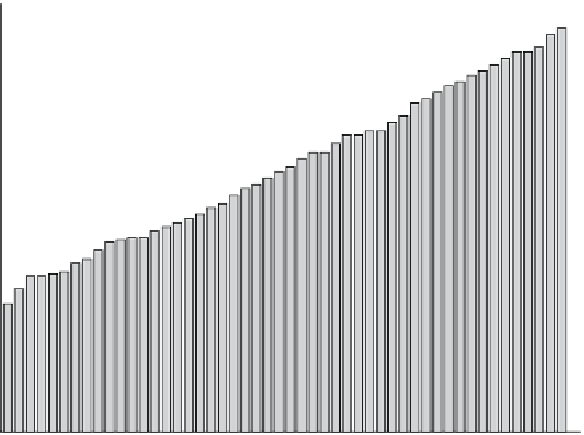Biology Reference
In-Depth Information
1200
1000
800
600
400
200
0
Figure 11.1. Human population growth in India between 1959 and 2009 in millions
of people.
In demographic terms, the human population of India has increased from
360 million in 1959 to 1.14 billion in 2009, more than a three-fold increase
(
Figure 11.1
). Even in 1953, Jim Corbett recognized a monkey problem by
noting “ten million monkeys living on crops and garden fruit present a very
major problem.” Nonetheless, because of the sacred status of monkeys, com-
bined with the modest aspirations of Indian villagers, most villagers seemed
to accept this problem without too much complaint. For many, it was a normal
part of their lives.
In response to economic factors, rhesus populations began to decline in the
late 1950s with increasing use of rhesus in biomedical research throughout the
world. India had conflicting views about exporting monkeys, but a politically
acceptable agreement was signed that assured India that monkeys would be
used for humane biomedical research with notable benefits for human health,
especially vaccine development for polio. For many years in the late 1950s
and early 1960s India exported more than 100,000 rhesus monkeys annually,
and as many as 200,000 in some years (Bennett, Abee and Henrickson,
1995
;
Blum,
1994
). This clearly had a negative effect on rhesus populations, and
our surveys showed declining numbers of rhesus throughout northern India,

